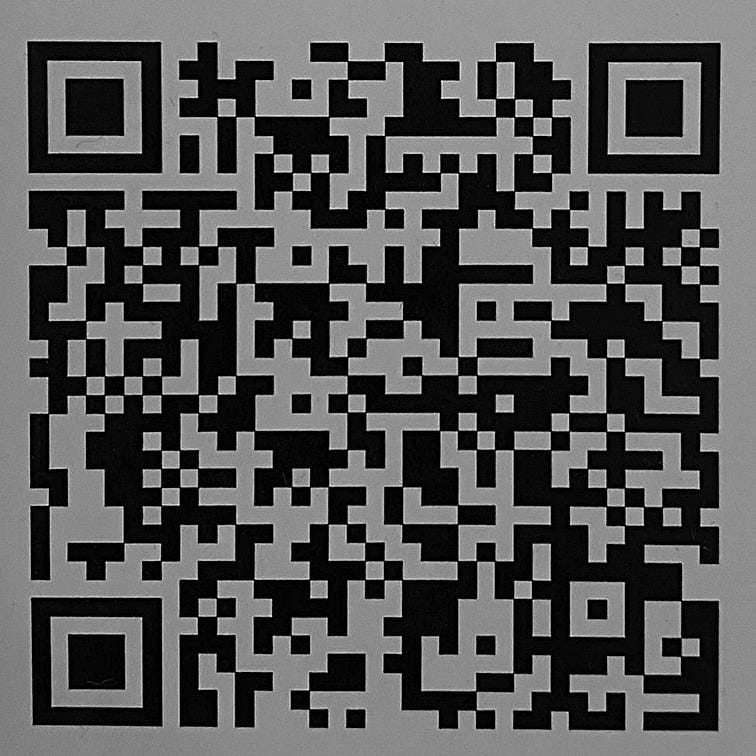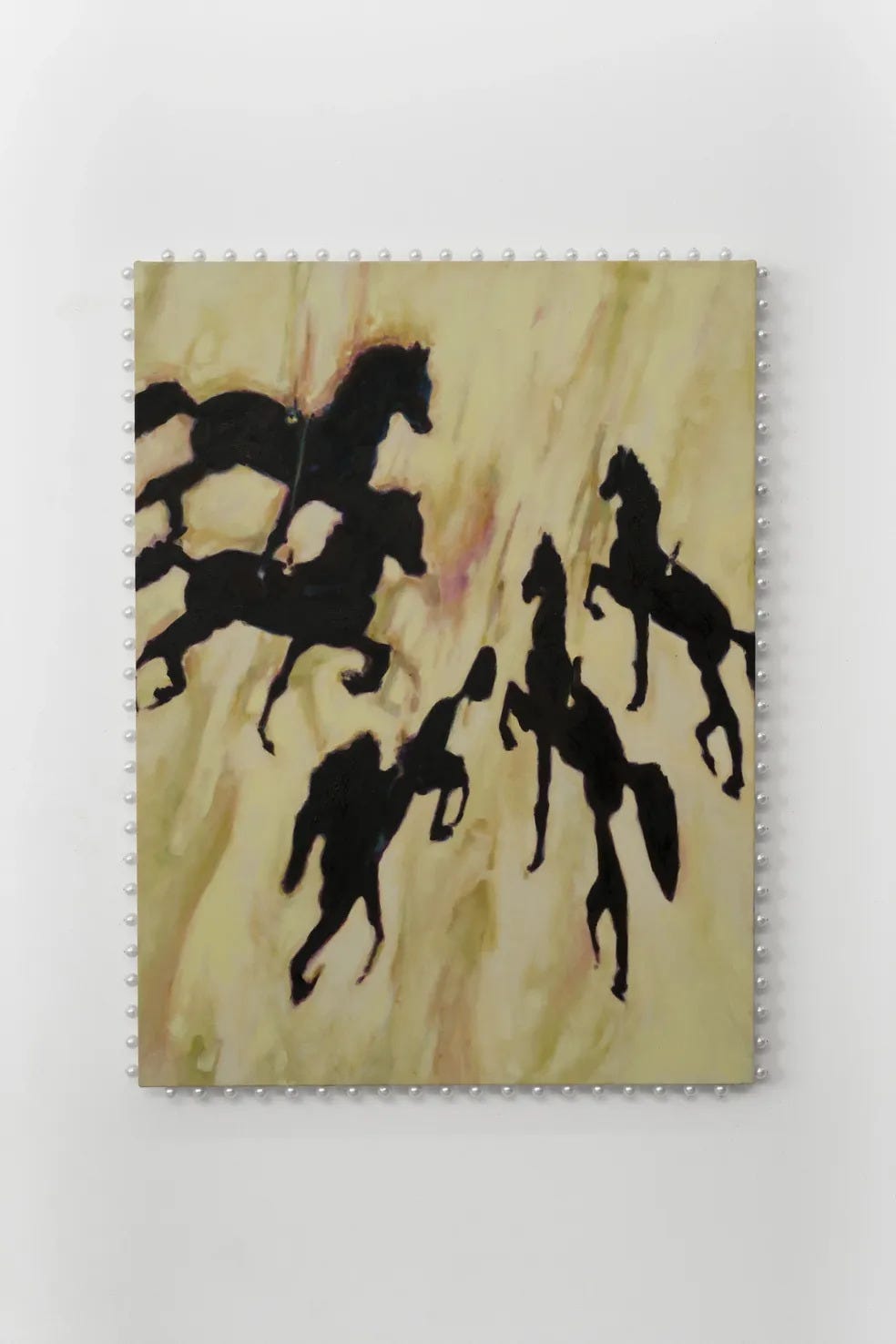
Art fairs are better when you go with a task
After several years of plodding through fairs followed by a good decade trying to avoid them, I’ve found that the best way to keep my head migraine-free from so much capitalism is to have three things to keep track of and then gloss over the rest. For example, I might try to keep in mind that I’m looking for hyper-realistic paintings, landscapes, and conceptual machines. Or tall artworks, wide artworks, and ones about horses. The best way to give this process meaning is to tag along with someone who’s actually looking to purchase or exhibit work with specific requirements.
This process won’t be fair for exhibitors, but it will be fair to one’s soul.
Rhizome World
The month-long retrospective at the WSA building featuring over a dozen commissions by the new media organization is now closed, but some takeaways remain valid. Namely, let’s promote computer labs, like the one that Rhizome had set up for viewing digital works that are part of Rhizome’s ArtBase, and make them into permanent or semi-permanent fixtures of our museums, archives, and galleries. Being able to emulate an environment on a contemporary laptop is one thing, but sitting down with a thick CRT monitor gives a much more affective, haptic experience. Do it for the media archaeologists.
Other Rhizome World
I can’t help but get a not-great feeling about going to events at the “WSA building,” the rebranded AIG insurance headquarters that’s been suspiciously deployed as a rotating site for art, fashion, and artsy fashion-adjacent types.
But Small Batch: A Dataset Farmer’s Market was great—it was a small dream-come-true of how we can rethink our data-based economies without being helmed by Silicon Valley. (Remember what the Internet Yami-Ichi flea markets were like a decade ago?) Below, the QR code to Heather M. Contant’s dataset contribution: government websites that were banned for too much DEI.
Aesthetics
Of the photorealistic paintings at NADA, Grace Kalyta’s work at Pangée (Montreal) stood out for blending the tropes of failed photography with the illegibility of computer vision. Like twisty captchas that have visible meaning for human eyes only, Kalyta’s transformation of outmoded costumes, chintzy fabrics, and shadowy mobiles into vibrant, luxurious matter would—I imagine—escape perception by machine-learning algorithms. At least until a classifier exists for “overexposed flash photography close-ups in painting” as a reference to analog authenticity.




